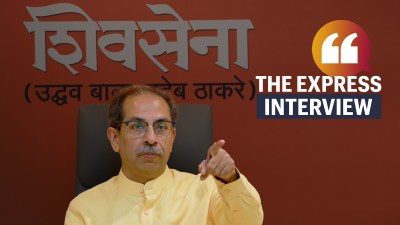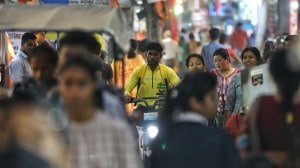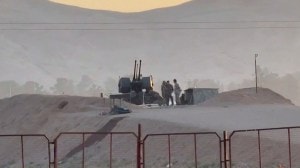- India
- International
India-China Galwan faceoff: How serious is the situation, what happens next?
India-China Faceoff at Galwan Valley: How serious is the situation arising out of the violent clash on the Line of Actual Control that left 20 Indian Army personnel dead? A look at what we know of the clash, the takeaways and the way forward.
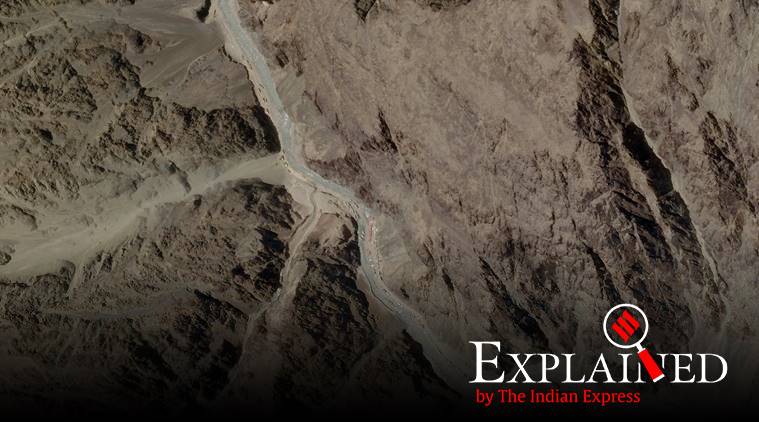 A satellite image taken of the Galwan Valley in Ladakh. (Source: Planet Labs)
A satellite image taken of the Galwan Valley in Ladakh. (Source: Planet Labs)
Nearly 24 hours after news of the violent clash between Indian and Chinese soldiers in Ladakh broke, here’s what we know about the incident.
Is the situation serious?
Yes, undoubtedly so.
This is the first time after the 1962 War that soldiers have died in clashes on the India-China border in Ladakh. Even otherwise, the last deaths on the Line of Actual Control (LAC) were an ambush of an Assam Rifles patrol in Arunachal Pradesh by the Chinese in 1975. But the last real military engagement between the two armies was at Nathu La in Sikkim in 1967, in which 88 Indian soldiers lost their lives, and more than 300 Chinese soldiers were killed.
But all these incidents were prior to the two countries signing, starting from 1993, various agreements for maintaining peace and tranquility on the border.
Moreover, at least 20 soldiers including a Commanding Officer lost their lives on a single day in Galwan on Monday. To put that number in context, when 19 soldiers lost their lives in Uri in 2016, the Narendra Modi government launched surgical strikes across the Line of Control.
But no rounds were fired by either side. Isn’t that a good thing?
Not really.

If such a large number of soldiers could be killed without firing a round, it means that these deaths were far more brutal than they would have been had guns and rifles been used.
However, that it remained restricted to a physical brawl points to the fact that there was no escalation to a kinetic level — rifles, howitzers, rockets, missiles, and fighter jets. China and India are both nuclear powers, and any climbing up the escalation ladder is fraught.
 But it could be a hope hanging by a slender thread if the history between the two sides is any precedent to go by. Even at Nathu La, before the military engagement escalated to artillery guns and threats of fighter jets, there was a scuffle between the soldiers of the two armies on the border.
But it could be a hope hanging by a slender thread if the history between the two sides is any precedent to go by. Even at Nathu La, before the military engagement escalated to artillery guns and threats of fighter jets, there was a scuffle between the soldiers of the two armies on the border.
So, what exactly happened in the Galwan Valley on Monday?
Tensions had been running high in the area for the past few weeks, with a large number of soldiers and military equipment deployed along the LAC by both sides. Even though the LAC in Galwan Valley was never disputed by the two sides, the Chinese had moved into the Indian side of the LAC. After the meeting at the level of Corps Commanders on June 6, negotiations had been conducted between local military commanders of both the armies for a mutually agreed disengagement process.
As part of that process, a buffer zone had been agreed to be created between the LAC and the junction of the Shyok and Galwan rivers to avoid any faceoff between the two armies. The two armies were to move back by a kilometre each in that area as a first step.

When Colonel B Santosh Babu, who was monitoring this process, noticed that a Chinese camp was still existing in the area, he went to get it removed. This soon led to fisticuffs and blows being exchanged, resulting in deaths and injuries.
Were the Indian soldiers not carrying weapons?
No, this is as per the drill followed by both sides in the border areas to avoid inadvertent escalation by opening fire.
This is in tune with the 1996 agreement between the two countries on Confidence Building Measures in the Military Field Along the Line of Actual Control in the India-China Border Areas, which imposed a lot of restrictions on military equipment, exercises, blasts, and aircraft in the vicinity of the LAC.
But if there were no shots fired, how did the soldiers die?
Since the time tensions have erupted on the Ladakh border, there have been reports of some scuffles between the soldiers of both the armies. At Pangong Tso on the intervening night of May 5/6, there was a major scuffle between the soldiers in which more than 70 Indian soldiers were injured. In most of these scuffles, the Chinese have used bats, clubs, sticks and stones to cause major injuries.
In Monday’s clash, besides the use of these blunt objects to cause injuries, some soldiers, it has been learnt, could have been pushed into the fast-flowing Galwan river. Most of the deaths were due to injuries aggravated by the intense cold in the high-altitude area.
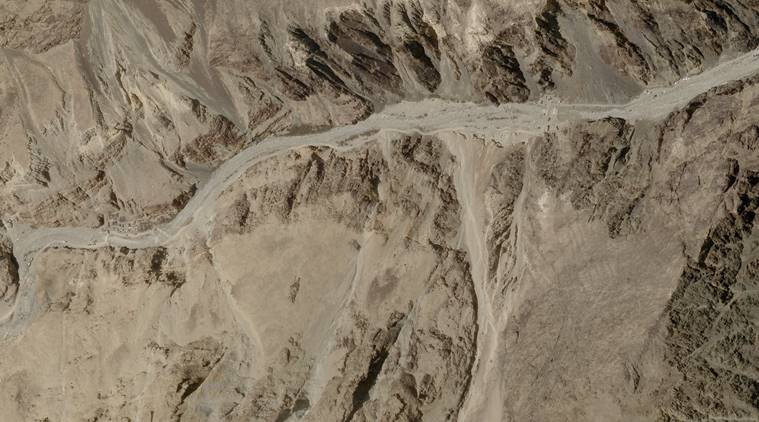 Even though the LAC in Galwan Valley was never disputed by the two sides, the Chinese had moved into the Indian side of the LAC. (Source: Planet Labs)
Even though the LAC in Galwan Valley was never disputed by the two sides, the Chinese had moved into the Indian side of the LAC. (Source: Planet Labs)
And how many Chinese soldiers were killed or injured in the clash?
The official statements put out by the Army and the Ministry of External Affairs have no details of any deaths or injuries to Chinese soldiers, although the first statement by the Army on Tuesday was amended to say that there were casualties “on both sides”.
The Chinese government or the PLA too, have not provided any details of soldiers killed or injured in the clash.
The only numbers that have come from are from the news agency ANI, which has quoted unnamed sources claiming that as per radio transmission intercepts, 43 Chinese soldiers were either killed or injured in the clash. Another report in usnews.com has cited “American intelligence” to say that 35 Chinese troops, including an officer, are believed to have died.
Has the situation now been defused at the site of the clash?
A meeting at the level of Major Generals of both armies took place at PP14 in the area on Tuesday, which continued until late in the evening. It brought the situation under control, and the Indian side was able to collect all the bodies. The Chinese were given permission to bring in helicopters to ferry their injured back.
Tensions must then be high at the Ladakh border?
Yes, tensions have already been running high at various places on the Ladakh border where Indian and Chinese soldiers have been facing each other on the LAC since May. The latest incident has added to the tensions, but there have been no reports of any other clashes at the border.
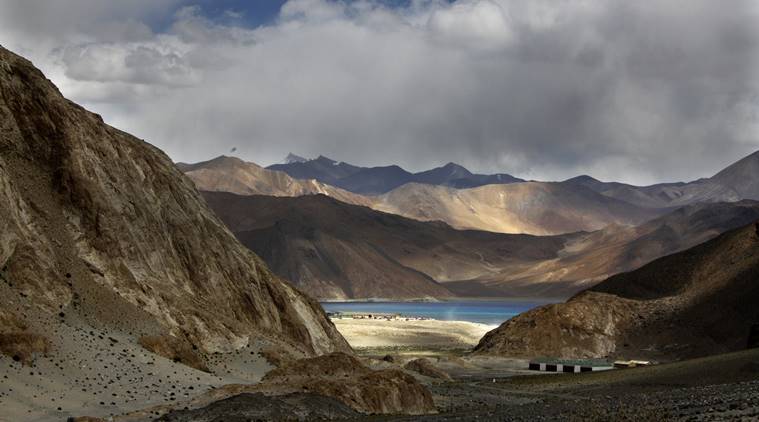 Pangong Tso lake is seen near the India-China border in Ladakh. (AP Photo: Manish Swarup)
Pangong Tso lake is seen near the India-China border in Ladakh. (AP Photo: Manish Swarup)
So what does all this mean? What is the key takeaway?
There were hopes of an early disengagement and de-escalation after conciliatory statements from both countries in the past few days, after the meeting at the level of Corps Commander on June 6. There were meetings being held at the level of various other military commanders from June 10, which were to continue for 10 days, by when the disengagement process would have been decided and finalised.
But after this incident, that process is likely to take a back seat, and an early resolution now looks unlikely. China has reasserted its claim over Galwan Valley, and its army has made sharp statements alleging that Indian soldiers twice crossed the LAC.
Also read | In recent statements, both India and China repeatedly spoke of peaceful resolution
The MEA too, has categorically stated that the Chinese had violated the LAC in the Galwan Valley region, which had led to the current situation. These allegations and counter-allegations, along with the heightened public sentiment on the deaths of so many soldiers, will test any process towards resolution.
Can the situation escalate hereon?
As the two countries are still talking at military and diplomatic levels, any escalation into a major conflict looks some distance away at this moment.
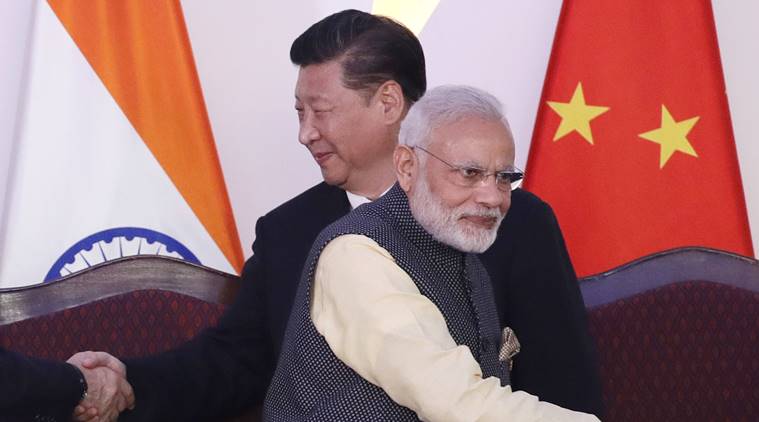 In this October 16, 2016, file photo, Prime Minister Narendra Modi and Chinese President Xi Jinping shake hands with leaders at the BRICS summit in Goa, India. (AP Photo/Manish Swarup, File)
In this October 16, 2016, file photo, Prime Minister Narendra Modi and Chinese President Xi Jinping shake hands with leaders at the BRICS summit in Goa, India. (AP Photo/Manish Swarup, File)
But conflict situations have a dynamic of their own, and events can overtake the best laid plans. A military conflict, if it occurs, can be localised to one area, can be along the whole border, or can be in any one sector. But unless there is another provocation and crisis, the two sides should be able to resolve the situation peacefully.
That said, the government will place the armed forces on full alert, moving some of them forward for an early response in case of any eventuality.
Don’t miss from Explained | What the clash in Ladakh underlines, and what India must do in face of the Chinese challenge
Simultaneously, it will continue to use diplomatic channels to resolve the crisis, while controlling the domestic messaging to avoid inflaming public emotions that can create pressure on it to act strongly against China. The execution of that strategy will determine the course of the future action on China.
More Explained
EXPRESS OPINION
Apr 20: Latest News
- 01
- 02
- 03
- 04
- 05











